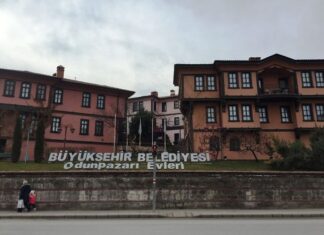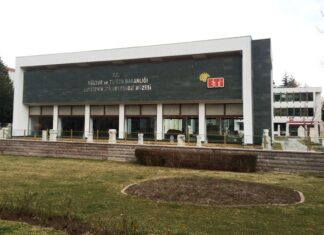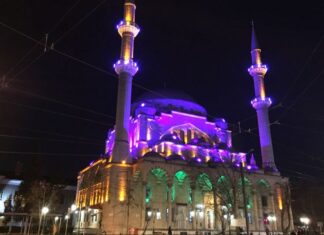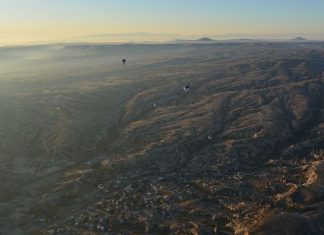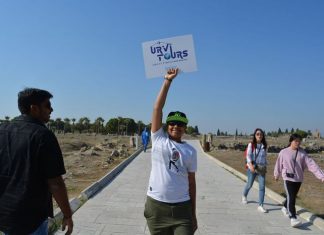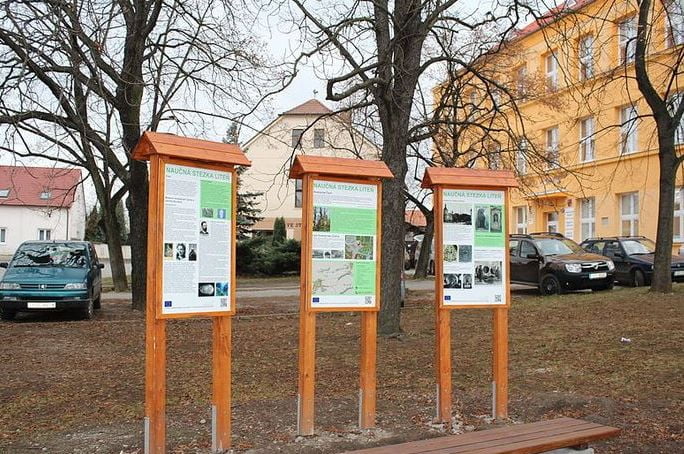The Administration of Bulgaria under Soviet Rule
The People’s Soviets
The administration of Bulgaria after World War II was organized according to the Soviet model. Provincial, district, and city councils, known as...
The Outlawing of Opposition Parties
The Peasant Party Banned
By the end of August 1947, the Peasant Party was declared illegal by the Communist authorities. It was accused of being...
The 1946 Elections and Communist Repression
The Constituent Assembly Elections
In 1946, the Communist-controlled government in Sofia announced new elections for a Constituent Assembly. The task of this body was to...
Signs of Losing First Love
The signs of losing first love are clear, and this is exactly what was happening at the church in Ephesus. We all go through...
The Story of Dr. Bob Munger
Dr. Bob Munger, who was the pastor of the First Presbyterian Church in Berkeley for many years, shared a powerful story with a group...
The Power of First Love
When John Newton realized that Jesus had forgiven him, he couldn’t believe it. It felt too wonderful to him. He wrote in his famous...
Anatolian Milestones
A Tapestry of History
Anatolia, the cradle of civilizations, bears witness to a rich tapestry of historical events and cultural contributions. This compilation highlights key...
Lydian Language
A Blend of Anatolian Heritage
The Lydian language, belonging to the New Anatolian languages, unfolds a linguistic tale shaped by the aftermath of the Hittite...
Customized Tour Balkan
Customized Tours Balkan Day 1 Our Balkan Holidays tour starts from Sofia to Thessaloniki sister of Alexander the Great
Our Customized Tours Balkan starts… 310...
